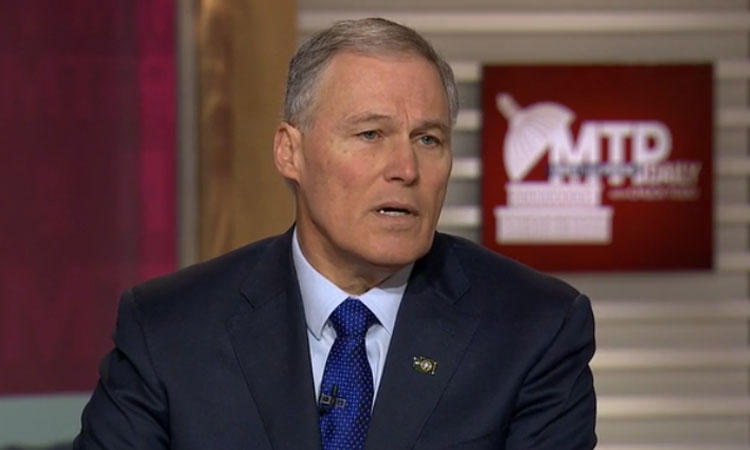
Weapons Complex Monitor Vol. 30 No. 28
Visit Archives | Return to Issue PDF
Visit Archives | Return to Issue PDF
Weapons Complex Monitor
Article 1 of 12
July 12, 2019
House NDAA Blocks DOE From Reclassifying High-Level Waste in Wash. State

The House of Representatives on Thursday approved an amendment to the fiscal 2020 National Defense Authorization Act that would prevent the Department of Energy from applying any “reclassification” of high-level radioactive waste to material held in…
Partner Content